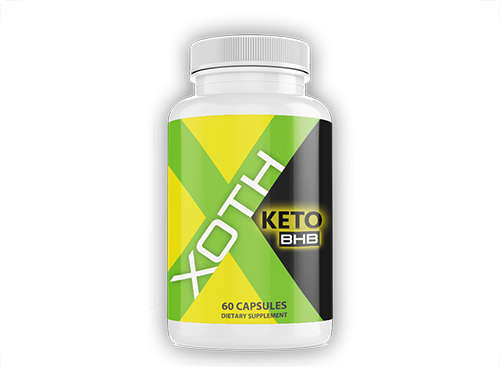Introduction
Embarking on a ketogenic diet is an exciting journey towards better health and weight management. However, for many, it comes with an initial hurdle known as the “keto flu.” This phase can leave you feeling less than your best, but understanding what it is, recognizing the symptoms, and learning how to alleviate or avoid it can make your transition to keto smoother and more enjoyable.
What is Keto Flu?
Keto flu, short for “ketogenic flu,” is a temporary set of symptoms that some people experience when they first start a ketogenic diet. It typically occurs in the first few days to a week after reducing carbohydrate intake significantly. This phenomenon is not an actual illness but rather a collection of side effects as your body adapts to its new fuel source: fat.
Symptoms of Keto Flu
The symptoms of keto flu can vary from person to person and in severity. Not everyone experiences these symptoms, and for some, they are milder. Here is a list of common keto flu symptoms:
- Fatigue: One of the most prevalent symptoms is fatigue, often described as an overwhelming lack of energy. You might find it challenging to stay awake or focus.
- Headache: Some individuals experience mild to moderate headaches during the initial days of the ketogenic diet. These headaches are usually a result of the change in electrolyte balance.
- Nausea: Nausea, sometimes accompanied by an upset stomach, can occur when you first reduce your carb intake.
- Dizziness: Feeling lightheaded or dizzy is another common symptom. This is often associated with the body’s adjustment to lower blood sugar levels.
- Muscle Cramps: Muscle cramps, especially in the legs, can be an uncomfortable side effect. These cramps may result from changes in mineral balance.
- Irritability: Some people notice mood swings or irritability when they begin keto. This is usually temporary and related to changes in blood sugar levels.
- Difficulty Sleeping: Changes in sleep patterns, such as difficulty falling asleep or disrupted sleep, can be an issue for some during the keto flu.
- Brain Fog: You may experience a clouding of mental clarity, often referred to as “brain fog.” It can make tasks that require focus and concentration more challenging.
- Sugar Cravings: Intense cravings for sugary foods are common during this phase, as your body adjusts to relying on fat for energy instead of carbohydrates.
- Changes in Bowel Habits: Some individuals experience constipation or diarrhea as their digestive system adapts to the new diet.
Alleviating or Avoiding Keto Flu
While keto flu can be uncomfortable, the good news is that it is temporary and can be managed. Here are some strategies to alleviate or avoid it:
- Gradual Transition: If possible, ease into the ketogenic diet rather than making a sudden, drastic change. Gradually reduce your carb intake over a few days to give your body time to adjust.
- Stay Hydrated: Proper hydration is crucial. Make sure to drink enough water, and consider adding a pinch of salt to your water to help maintain electrolyte balance.
- Increase Electrolyte Intake: Ensure you’re getting enough sodium, potassium, and magnesium in your diet. You can achieve this by consuming foods like leafy greens, nuts, and seeds, or by taking supplements if recommended by your healthcare provider.
- Eat Enough Fat: One of the main goals of the ketogenic diet is to consume an adequate amount of healthy fats. This will help fuel your body as it transitions away from carbohydrates.
- Monitor Protein Intake: Be mindful of your protein intake. Consuming too much protein can interfere with ketosis, so it’s essential to strike a balance between fats and proteins.
- Choose Quality Foods: Opt for whole, unprocessed foods in your keto diet. Focus on lean meats, fish, non-starchy vegetables, and healthy fats like avocados and olive oil.
- Get Sufficient Sleep: Adequate rest is essential for overall well-being and can help your body adapt more smoothly to the keto diet.
- Exercise Moderately: While intense exercise during the keto flu phase might exacerbate symptoms, moderate physical activity can be beneficial for maintaining energy levels.
- Be Patient: Recognize that the keto flu is a temporary phase. Stay committed to the diet, and your body will adapt over time.
- Seek Support: Joining online forums, communities, or seeking guidance from a healthcare professional can provide valuable support and information during your keto journey.
Conclusion
Keto flu may initially pose a challenge, but with a little knowledge and preparation, you can make the transition to a ketogenic diet much smoother. The symptoms are temporary, and as your body adapts to using fat for fuel, you’ll likely experience improved energy, mental clarity, and weight management benefits. So, don’t be discouraged if you encounter the keto flu – with the right strategies, you can breeze through it on your way to a healthier you. Remember, patience and persistence are your allies on this keto adventure.



